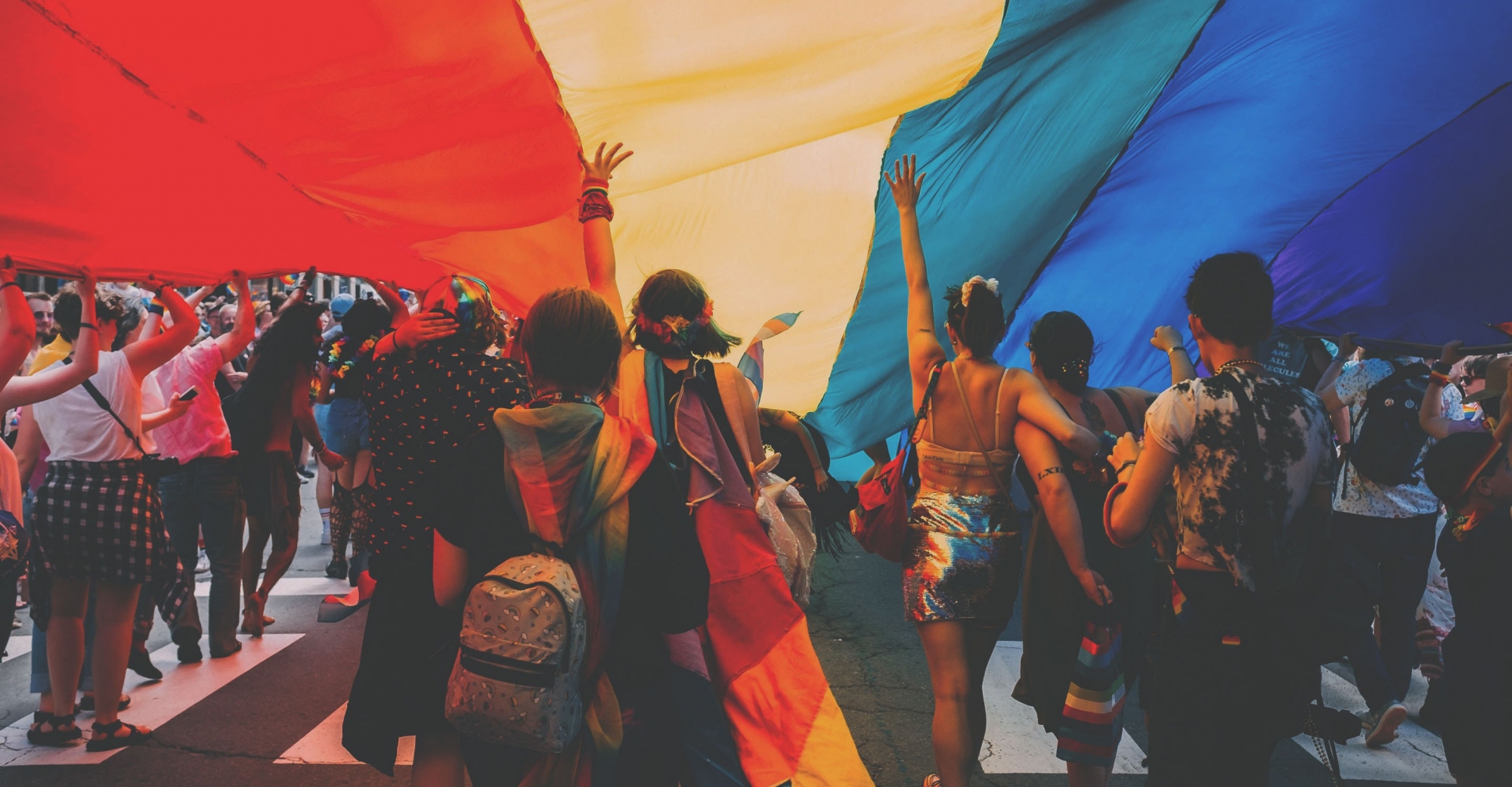“We’re All Born Naked and The Rest is Drag”

In 2009, Ru Paul took to the main stage of Ru Paul’s Drag Race and declared “Gentleman, start your engines; and may the best woman win!”
In its 10 years, the show has immensely impacted the LGBTQ+ community, while also opening the door for drag and queer culture to a mainstream audience. It has increased visibility and sparked conversation on important topics such as gender, sexuality and representation, while heavily impacting popular culture, vernacular and trends in the fashion and beauty industries.
“Throughout the history of the gay-rights movement, drag queens have always been at the forefront,” RuPaul said to The Washington Post. “We threw the first brick at Stonewall and this show gives us the chance to not only tell our history, but to inform young people about the rich cultural heritage that their brothers and sisters before them have created.”
While their impact has been tremendous, drag queens often don’t benefit from their influence or receive credit as the products of their community are repackaged and reattributed before being dispatched mainstream. As Elle highlighted in their short documentary film Beat, the beauty industry in particular is built on a foundation of methods learned from drag queens, though many consumers are likely unaware of their trends’ origins.
For example, the Kardashians did not invent contouring: Before the Kim K, “Instagram Makeup” look spread like wildfire, giving rise to a whole generation of beauty influencers, drag queens were contouring backstage at the East Village’s Pyramid Club since 1979. The technique was passed on by word of mouth from older drag queens, Drag Mothers, who would take newcomers under their wing and teach them tricks inspired by theatre makeup that would exaggerate features and avoid washing them out under the stage lights.
Baking, contouring and highlighting are all major steps in any makeup lover's routine, and all serve a functional purpose for shaping a queen’s face under the spotlights on stage. These steps have given rise to popular products across major beauty brands including Anastasia Beverly Hills, Fenty, and Urban Decay, while celebrities like KKW package up products from their own personal brands to capitalize on the trend.
This is just one example of drag’s influence on an industry worth $532 Billion. So say it one more time for those in the back, “Drag queens invented contouring!”
This isn’t to say there aren’t brands in the industry that are getting it right. In 2019 Anastasia Beverly Hills announced a limited-edition collaborative shadow palette with Drag Race All Star Alyssa Edwards, while NYX Cosmetics partnered up with Drag Race Winner Aquaria on a palette that sold out within weeks. Both these examples were made possible by the fame that came with each queen appearing on Ru Paul’s show, but there is a whole world of talent beyond the Drag Race workroom.
Ru Paul’s impact in bringing drag culture out from the shadows of queer bars and nightclubs and into the spotlight on the mainstage at VH1 has done so much for the community, and brands should be challenged to do the same. I know I personally am looking forward to this year’s Pride to see how brands, in the beauty industry and beyond, will be showing up for drag queens in the absence of parties and parades.



